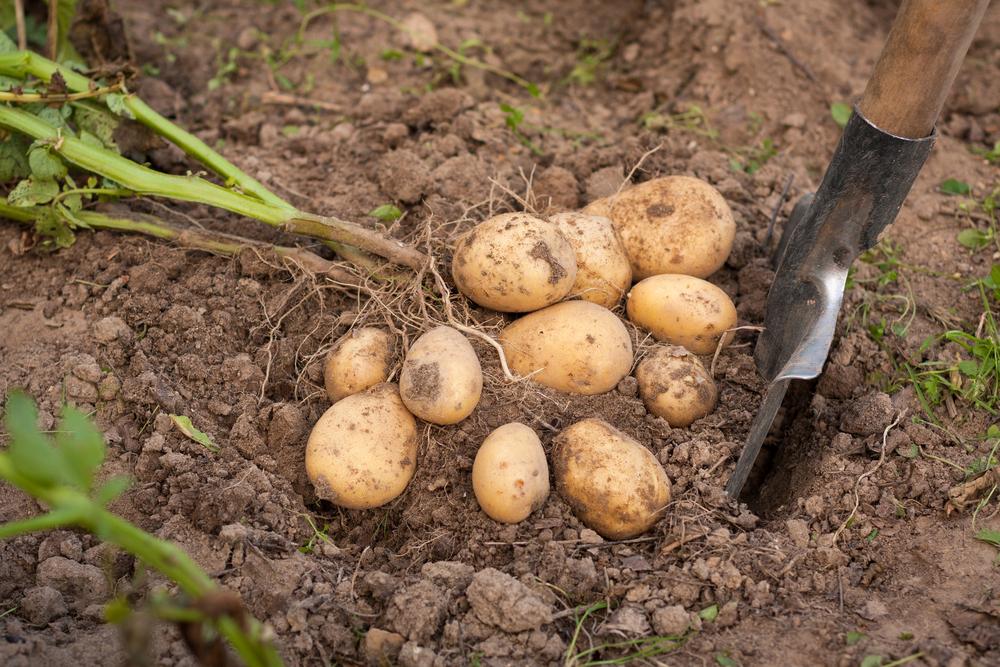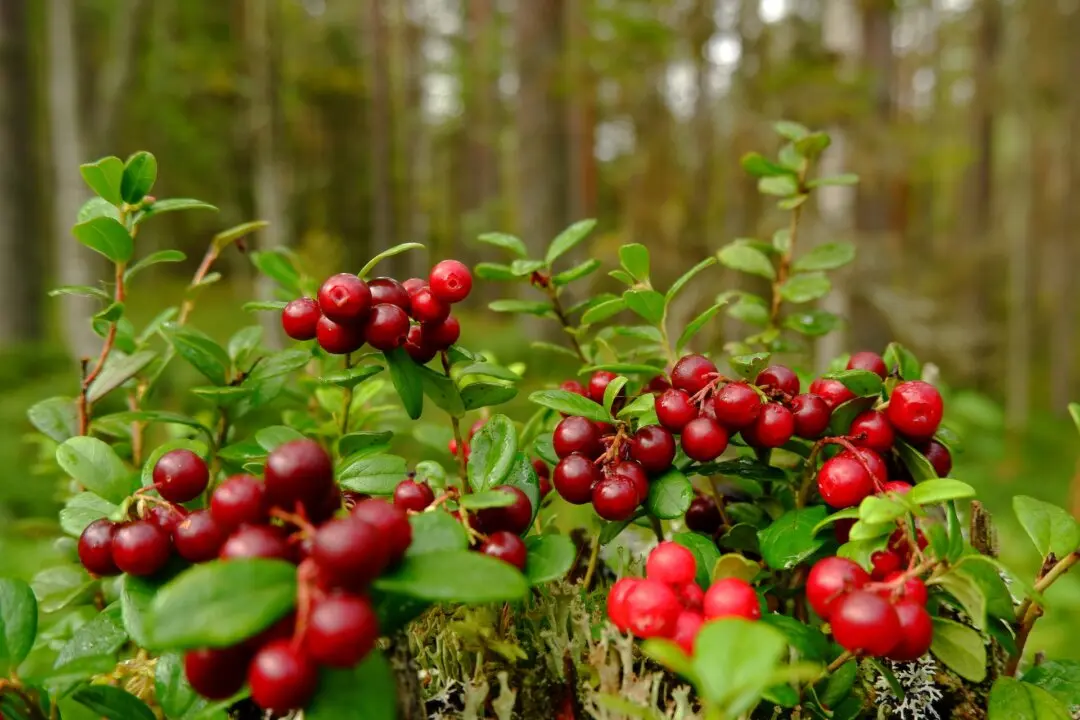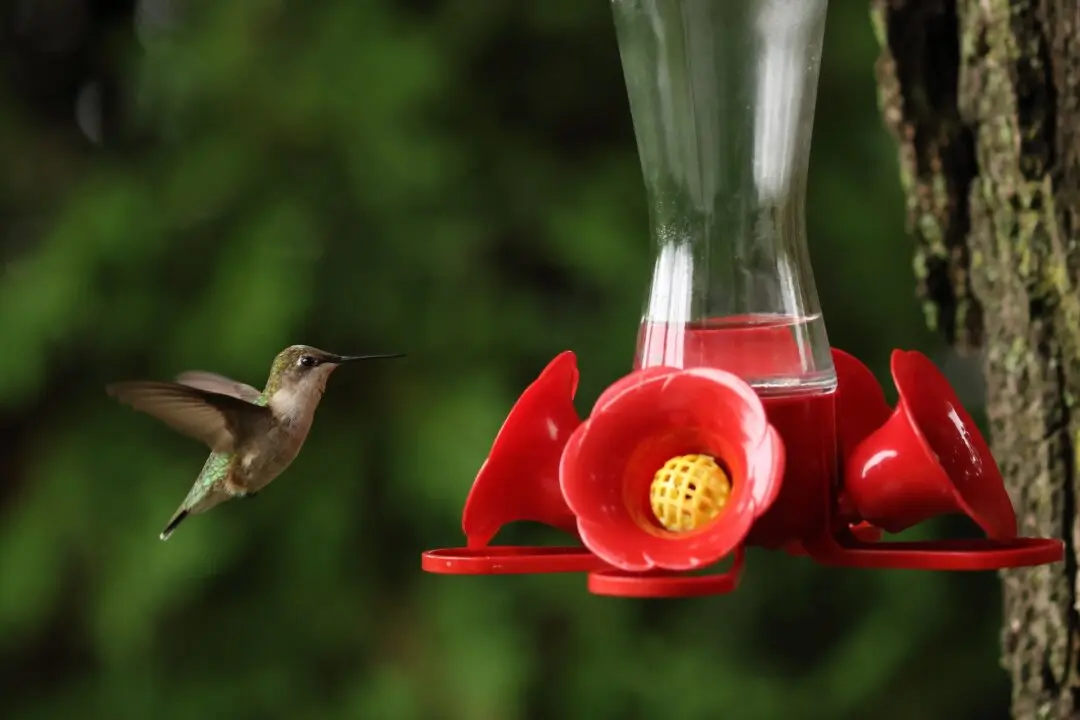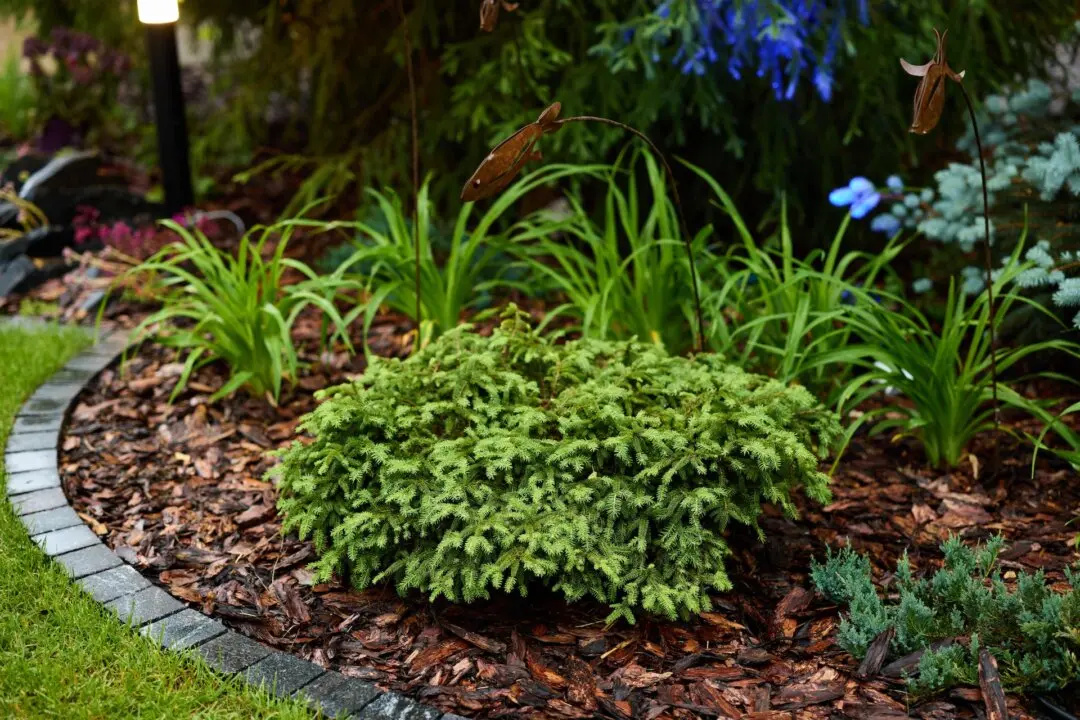Science fair season is coming up. Many kids want to work with plants. One set of experiments that’s common is trying to grow seeds in a variety of media, such as water, milk, and cola. The seeds will sprout in all of those conditions, but they won’t grow well as a plant in all of them.
Another experiment is more of a demonstration, and that is trying to grow a variety of fruits and vegetables from table scraps. In this case, it’s important to know which parts of a plant are capable of growing.





